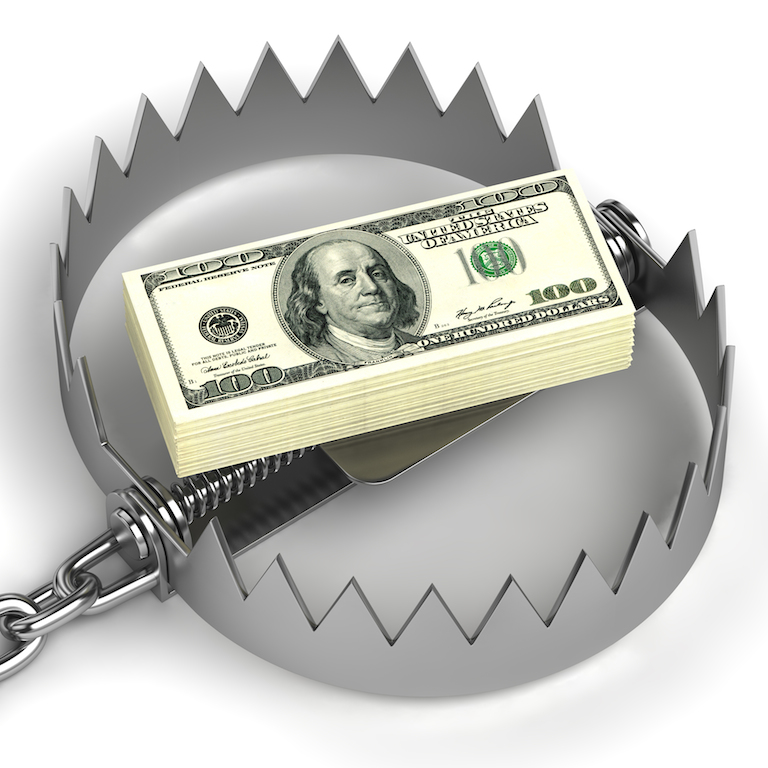Info Center
Negative impact from housing crash shifts to “interest only” home equity lines of credit

Homeowners who signed up for “interest only” lines of credit 10 to 15 years ago are starting to default as the principal payments kick in. Underwater mortgages are of particular concern to lenders.
Monitoring the fiscal ups and down of American consumers is part of our profession. We want to know, as far in advance as possible, what economic trends are going to impact people, negatively or positively, so that we know how best to help them if they end up in financial distress.
Remember a few years ago, at the height of the housing market, banks and other lenders were offering a home equity line of credit (Heloc) with “interest only” payments for 10, sometimes up to 20 years. The principal payments are now kicking in on those early Helocs and an increasing number of borrowers are starting to default, according to a recent front page article in The Wall Street Journal.
While the number of Helocs in default is still relatively small compared to the total number of mortgage loans, it has risen from 2.7% delinquency rate on 2004 Helocs prior to the principal payment kick in to 4.3% after the principal became payable. According to the WSJ article, total Heloc exposure totaled $536 billion at the end of 2014 compared to $1.8 trillion in conventional mortgages.
Federal regulators are encouraging lenders to contact Heloc borrowers well before the principal payments are scheduled to alert them and offer extended payment terms or other programs to soften the financial impact. Adding principal can increase monthly payments by hundreds to thousands of dollars. Some lenders are changing their rules on extending new Helocs including doing away with the interest only feature.
For homeowners living on the fiscal edge, adding principal payments can mean increased financial pressure. In addition, defaulting on the Heloc can also negatively impact the borrower’s credit rating resulting in a cascade of other difficulties. Creditors may view Heloc default as a sign that borrowers are also more likely to default on other debts such as car loans and credit cards.
Of particular concern to lenders are the situations where the first mortgage is “underwater” – worth less than amount of the mortgage. In these cases the Heloc, legally a second mortgage, might be stripped off in a Chapter 13 bankruptcy. See “Second mortgage stripping in Chapter 13 bankruptcy”.
Another recent WSJ article offers information on possible remedies when Heloc payments are about to jump. Click here for more solutions for an overwhelming mortgage payment.
For homeowners who have run out of the traditional options, Boleman Law can help. At BolemanLaw.com there is a wealth of information just a click away.
At Boleman Law everyone receives a free consultation with a skilled, experienced Boleman Law bankruptcy attorney. Boleman Law is the bankruptcy specialist. Since 1991 we have helped more than 106,000 Virginians regain their financial health.
We will help you.
©2024 Boleman Law Firm, P.C.
